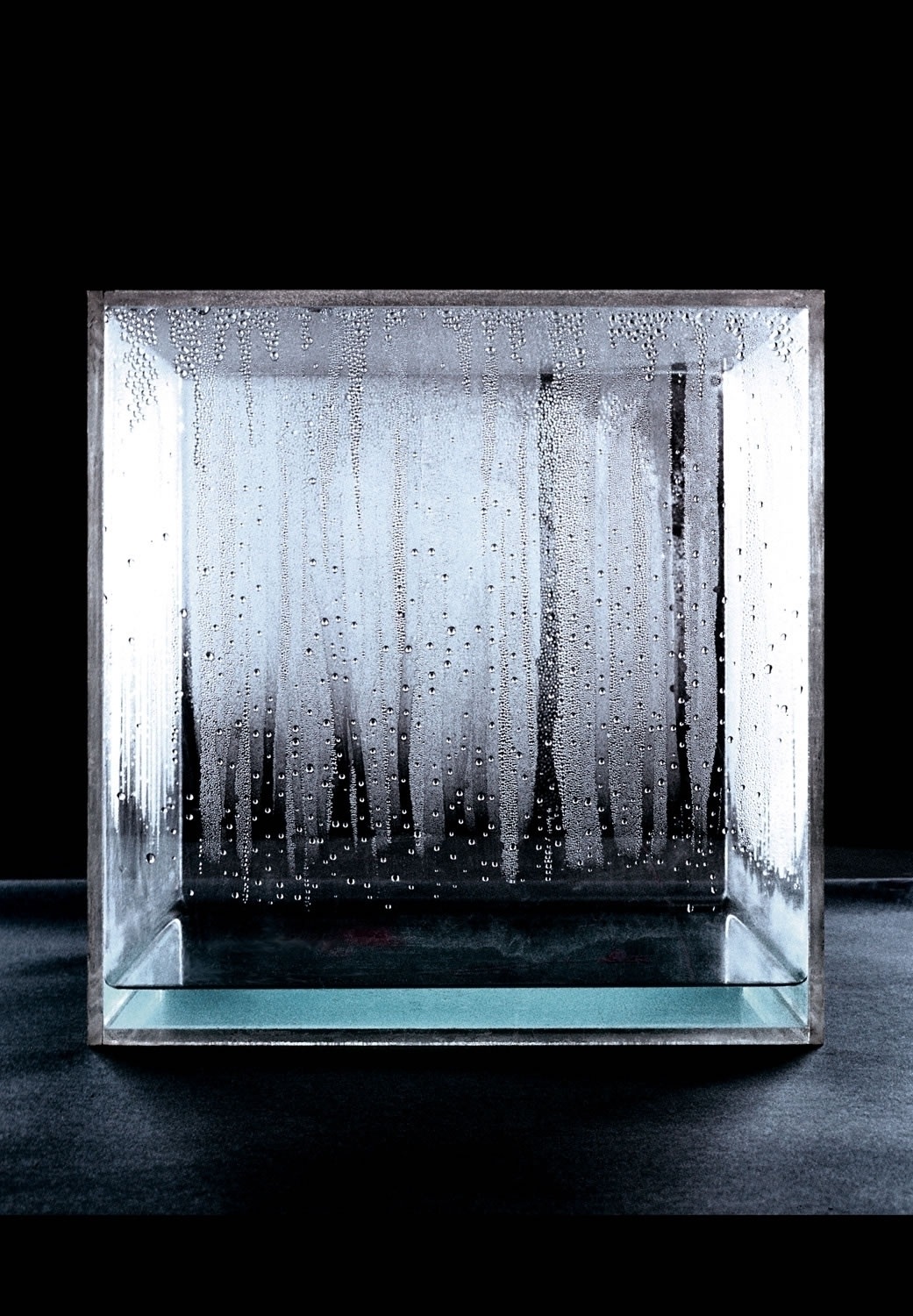Garage Museum of Contemporary Art presents the next lecture in the series Dissymmetrical Similarities. Irina Kulik will draw parallels between the American conceptual artist Barbara Kruger and the German artist and social and political activist Hans Haacke.
Hans Haacke (b. 1936) is a contemporary German artist based in New York. In his early practice in the 1960s, he was engaged with minimalism and kinetic art. His transparent steam condensation or plant growing objects were displayed at some of the most significant exhibitions of the time, including Harald Szeemann’s When Attitudes Become Form (1969). Later on, however, Haacke's focus moved to politics and institutional critique, disclosing the crucial dependence of art institutions on corporate businesses in many of his works. In 1993, Haacke was awarded the Golden Lion at the 45th Venice Biennale for his radically provocative project in the German pavilion.
Barbara Kruger (b. 1945) is an American conceptualist artist, whose signature manner includes basic iconography and poster texts, often addressed directly to the viewer. By undermining diverse semantic and logical clichés, Kruger reveals social mechanisms constructed by ideology through visual culture, especially advertising and mass media. The use of language, as well as certain feminist ideas, connect her work to other female artists of the postwar generation, such as Sherrie Levine, Martha Rosler, and Cindy Sherman. Her later works—sculptures, video, and sound installations—also reflect on themes of power, control, and social suppression.





